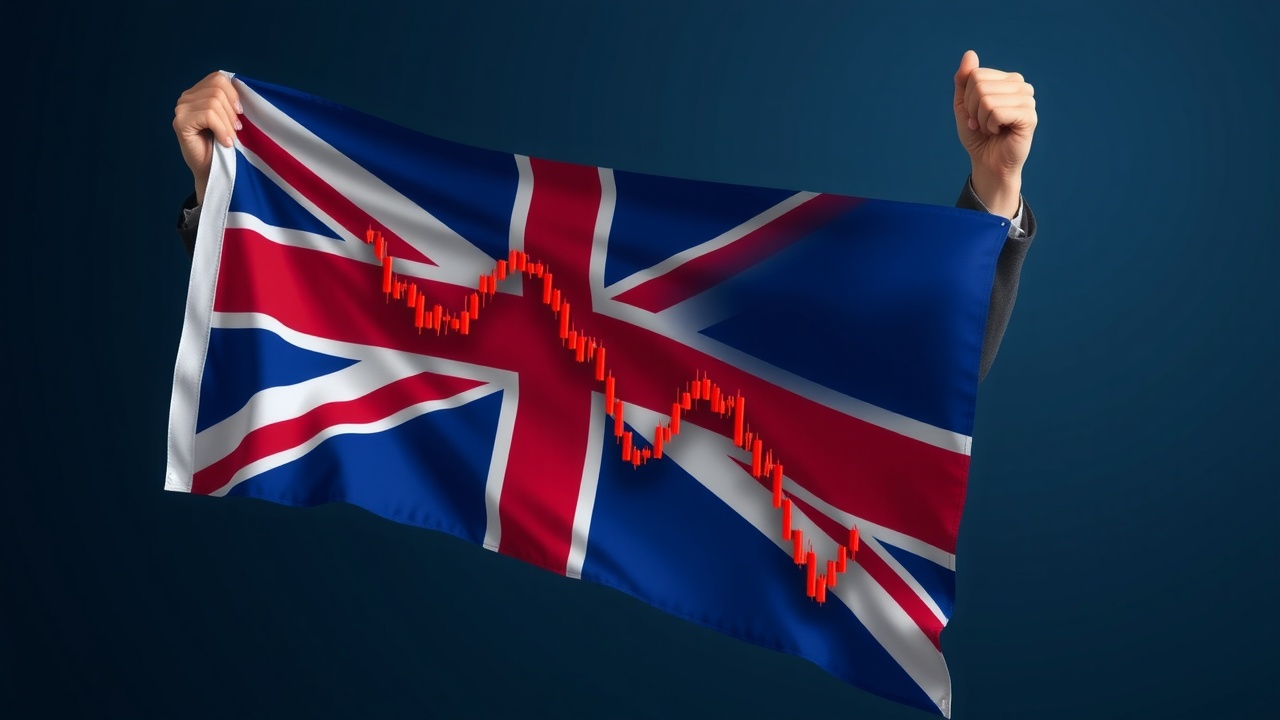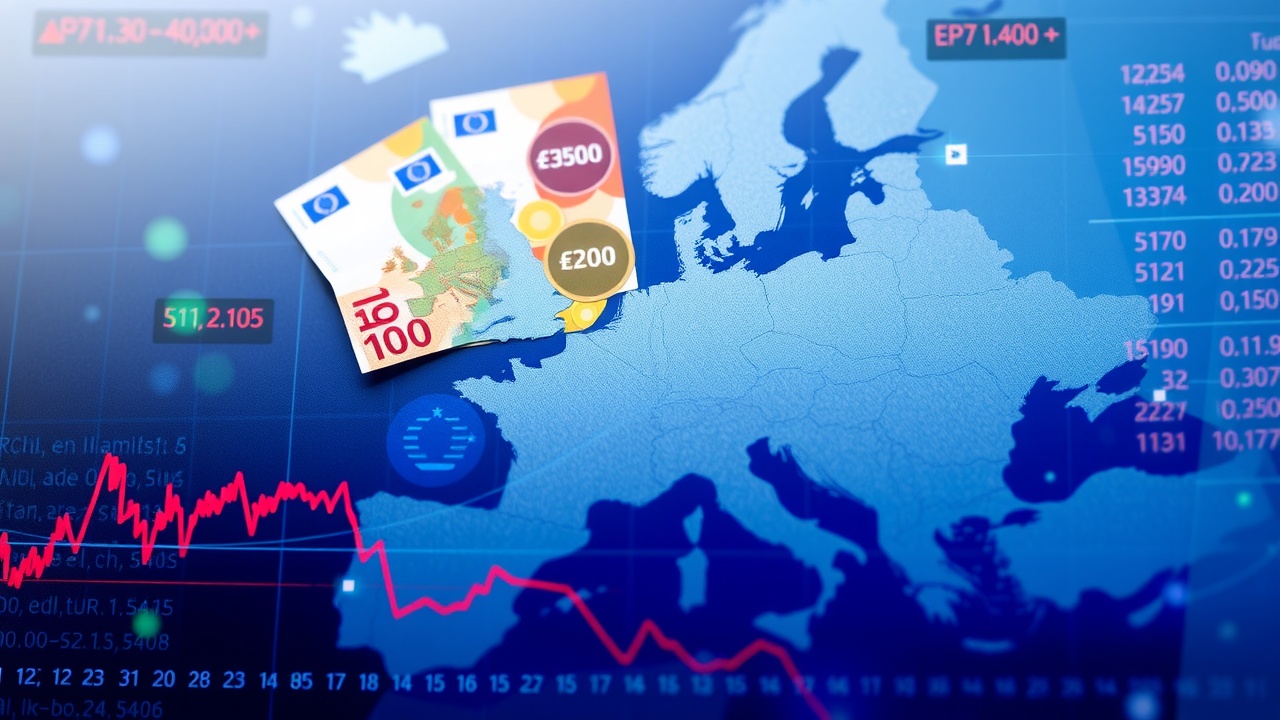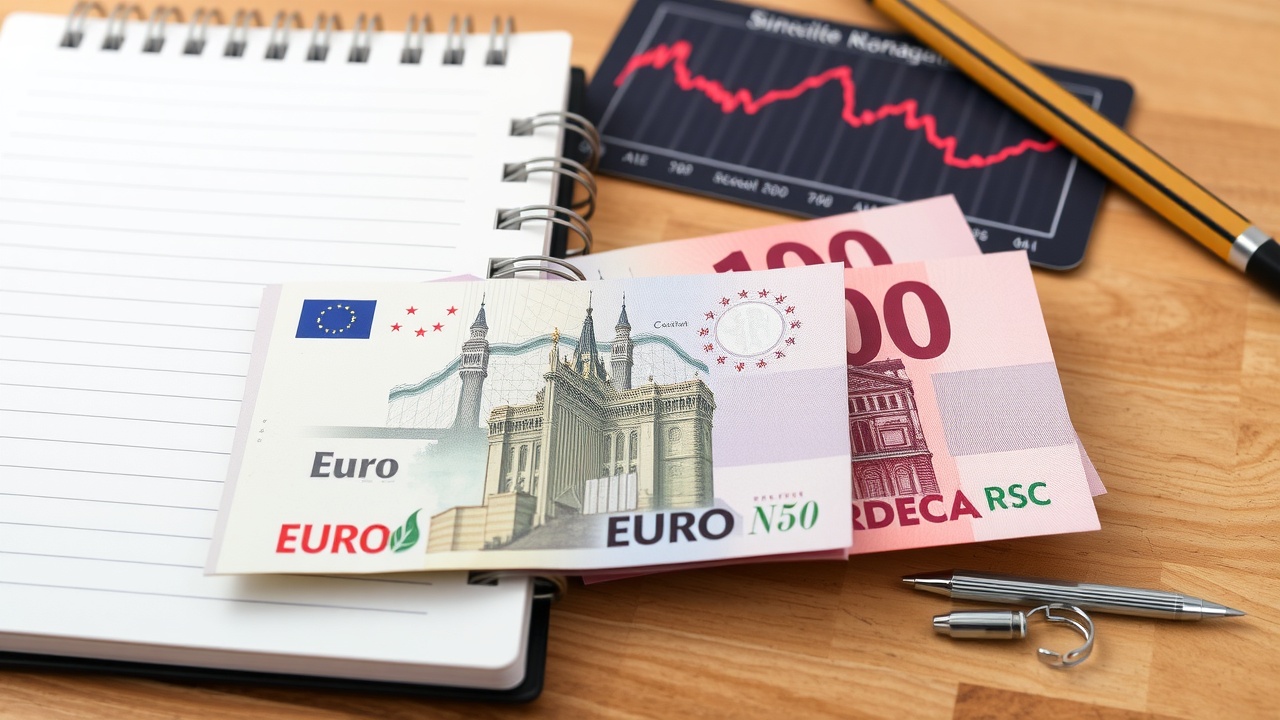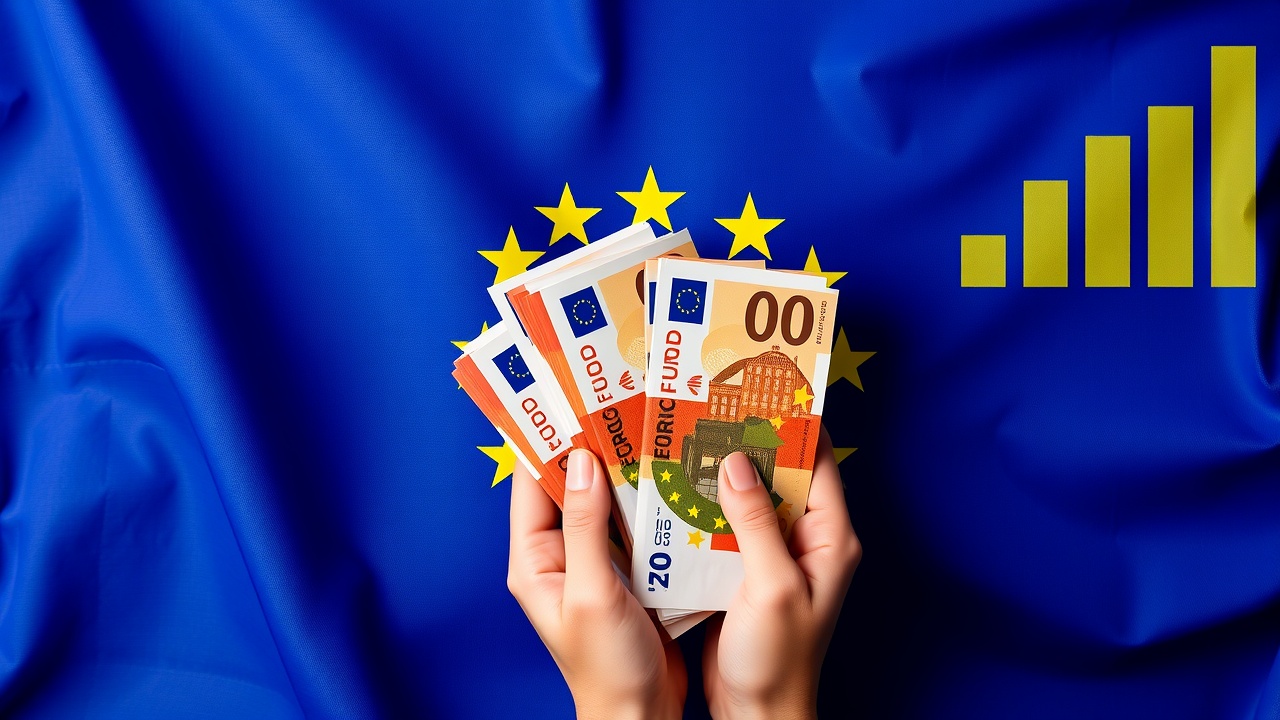
As investors shift their money out of the US, the European small-cap market has so far this year performed the best among investment trusts
Will it go on?
Lenin once said, "Decades happen in weeks." This year has been one of those times, and 2025 is only halfway over. Markets have been shook by a number of events, including DeepSeek at the beginning of the year, trade wars, and a recent development in the Middle East.
Nevertheless, the performance of investment trusts has been good. According to the Association of Investment Companies (AIC), the average trust (apart from venture capital trusts) has seen a 7% increase in share price over the previous six months.
European trusts have performed exceptionally well; European small caps, which were up 24% in the first half of the year, took the top spot in the AIC's performance table. Third-place European large caps, up 17%, were not far behind.
As investors have redirected their funds from the US to the European investment trust sectors, Europe has had a successful six months. The shift away from the US has also benefited trusts that invest in the UK, China, and Japan, according to AIC communications director Annabel Brodie-Smith.
Another excellent performer has been the UK commercial real estate market, which in the first half of 2025 ranked second in the AICs rankings. It has recovered from a spell of poor performance and is up 18% so far this year. Over a three-year period, the sector has decreased by 16 percent.
"The industry has recovered this year because of a rise in MandA activity, robust rental growth, and interest rates beginning to decline," Brodie-Smith stated.
In the first half of 2025, the Greater China sector has also demonstrated strength after battling a difficult economic environment in the previous years, which included low consumer sentiment and a decline in the real estate market.
While Chinese equity trusts have increased by 15% in the last six months, they have still lost 11% over the last three years and 6% over the last five.
Morningstar and AIC are the sources. Total return of the share price as a percentage to June 30, 25. excludes VCTs. View the definitions of AIC sectors.
They diversify by investing in Europe.
This year, Europe has benefited from inflows as investors wonder if the US can maintain its exceptional status. This reallocation has been prompted by Donald Trump's inconsistent policymaking and the threat posed by tariffs (lower growth and higher inflation).
The S&P 500 recently reached a new high, indicating that it has recovered from the significant losses sustained at the beginning of April, but more volatility may be in store. July 9 marks the end of Trump's 90-day tariff pause, and if strict measures are reinstated, there may be a second market sell-off.
The "big, beautiful bill" that the president signed into law on July 4th also includes a number of spending increases and tax cuts. According to statistics cited by the BBC, there are concerns that it could result in the US debt increasing by at least £3 trillion. The staggering £37 trillion national debt is already in place.
Due to a decline in investor confidence in the largest economy in the world, the dollar has depreciated and US Treasury yields have increased.
In May, UK investors withdrew 622 million from North American equity funds, according to the Investment Association's (IA) most recent data, which was released on July 3. Over that time, European equity inflows increased to 435 million.
"New commitments to infrastructure and defence spending" have strengthened flows into Europe, according to the IA.
Will Europe's impressive performance in investment trusts continue?
European stocks had not been popular until recently, so bargain hunters found plenty of opportunities there.
Morningstar, a research firm, sees only "modest upside" for the region in the future, despite recent gains in share price. Better opportunities, though, might arise if you move down the market-cap spectrum.
According to Morningstar's analysis, the discount on small caps could reach 20%, even though the market as a whole is currently trading at a 5% discount to fair value. This segment of the market may have more room to grow.
Montanaro European Smaller Companies Trust manager George Cooke stated, "European small caps are trading at a significant discount not only to their larger-cap peers but also to their own long-term history."
Historically, the asset class's "superior earnings growth" allowed it to command a premium in terms of price to earnings, but this relationship has since flipped.
Compared to the height of the global financial crisis, the Eurozone debt crisis, or even the Covid-19 shock, small caps currently trade at a double-digit discount. Cooke stated that fundamentals alone could not account for this shift.
The market may re-rate once investors realize how big the discount is. Small-cap stocks are typically more sensitive to interest rates than their large-cap counterparts, so lower inflation and declining interest rates may help.
Naturally, there are risks associated with investing in the area. Investors are likely to price in higher trade barriers and slower growth if the US and EU are unable to reach a trade agreement, which will likely cause European markets to decline. The domestic focus of small and mid-cap companies, however, makes some investors think they might be better protected from Trump's tariffs.
According to Jules Bloch, co-manager of the JPMorgan European Discovery Trust, "their greater exposure to domestic revenues allows them to benefit more directly from regional stimulus measures, while providing a degree of insulation from ongoing global trade tensions."
A favorable climate for smaller, locally oriented enterprises is produced by declining interest rates, rising real wages, and infrastructure-led fiscal policy, especially in Germany.














Leave a comment on: European investment trusts are the best-performing in H1